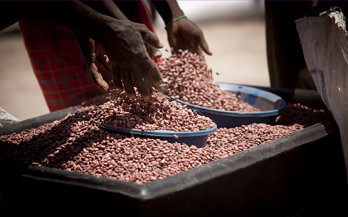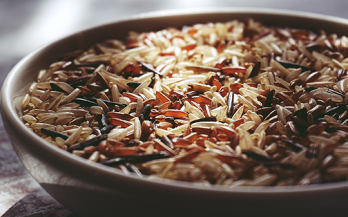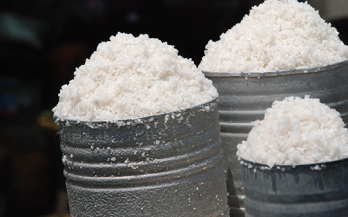The objective of this paper is to analyze the content of documents used to guide mandatory fortification programs for cereal grains. Legislation, standards, and monitoring documents, which are used to confirm fortification, were collected from countries with mandatory wheat flour, maize flour, and/or rice fortification.
Rice fortification provides an opportunity to deliver essential micronutrients to populations that consume rice as a dietary staple. The objective of this study was to describe miller and public sector experiences and perspectives on rice fortification with micronutrients in Colombia and offer recommendations for policy makers.
Despite the global recommendation for fortification of salt with iodine, including salt used in food processing, most salt iodization programs have focussed only on iodization of household salt. This paper provides a comprehensive review of studies conducted to assess the effect of iodized salt on the organoleptic properties of processed foods and condiments.
The purpose of this study was to examine the potential contribution of fortification of vegetable oils with vitamin A in Indonesia and Malaysia to increasing vitamin A consumption in these two countries and in countries to which oil is exported.
The aim of this study was to assess oil consumption, vitamin A intake and retinol status before and a year after the fortification of unbranded palm oil with retinyl palmitate.
Fortification of vegetable oil with vitamin A is considered a cost-effective and simple to implement strategy, but the stability of vitamin A remains a limiting factor. The objective of this study was to estimate vitamin A losses in oil with different chemical characteristics.
Despite considerable progress made in the past decade through salt iodization programs, over 2 billion people worldwide still have inadequate iodine intake. This study validates a newly developed device that quantitatively measures the content of potassium iodate in salt in a simple, safe, and rapid way.
This study set out to assess if universal salt iodization provides sufficient dietary iodine to meet the iodine requirements and achieve adequate iodine nutrition in all vulnerable population groups.
A cross-sectional survey on households with at least one child 6–23 months was conducted to update coverage figures with adequately fortified food vehicles in Abidjan, Côte d’Ivoire, and to evaluate whether additional iron and vitamin A intake is sufficient to bear the potential to reduce micronutrient malnutrition.
This study aimed to estimate the potential contribution certain processed foods can make to micronutrient intake in Southeast Asia if they are made with fortified staples and condiments.










